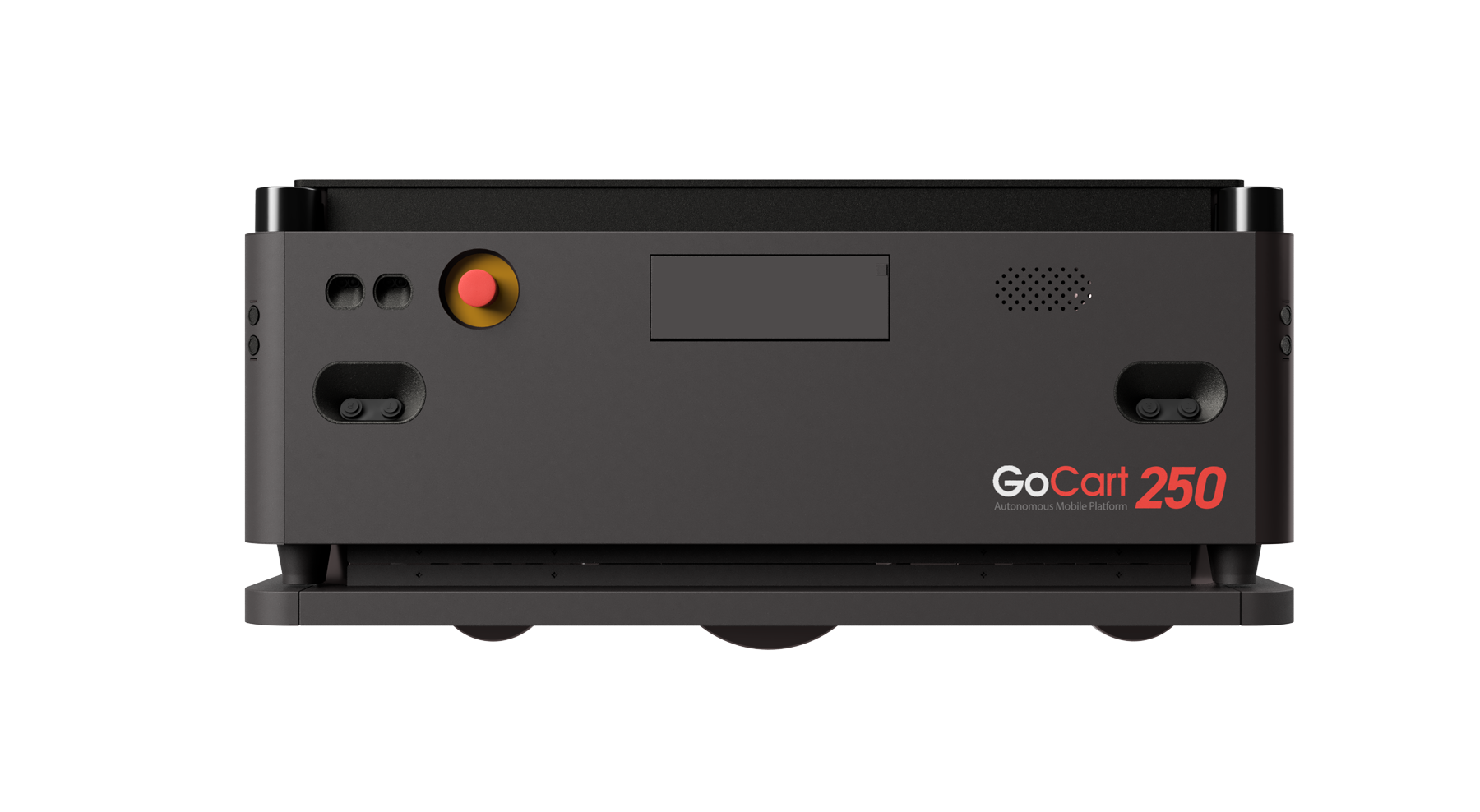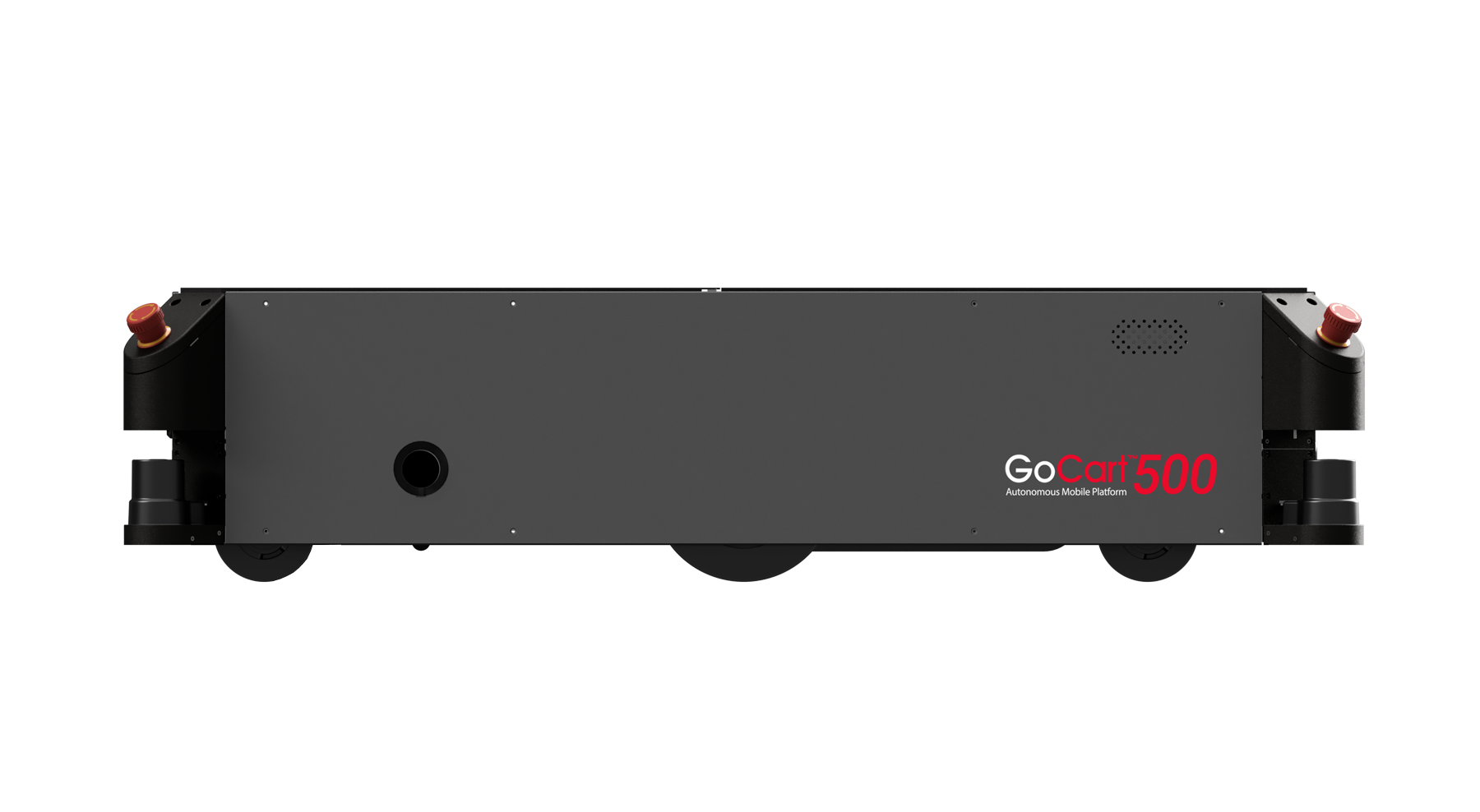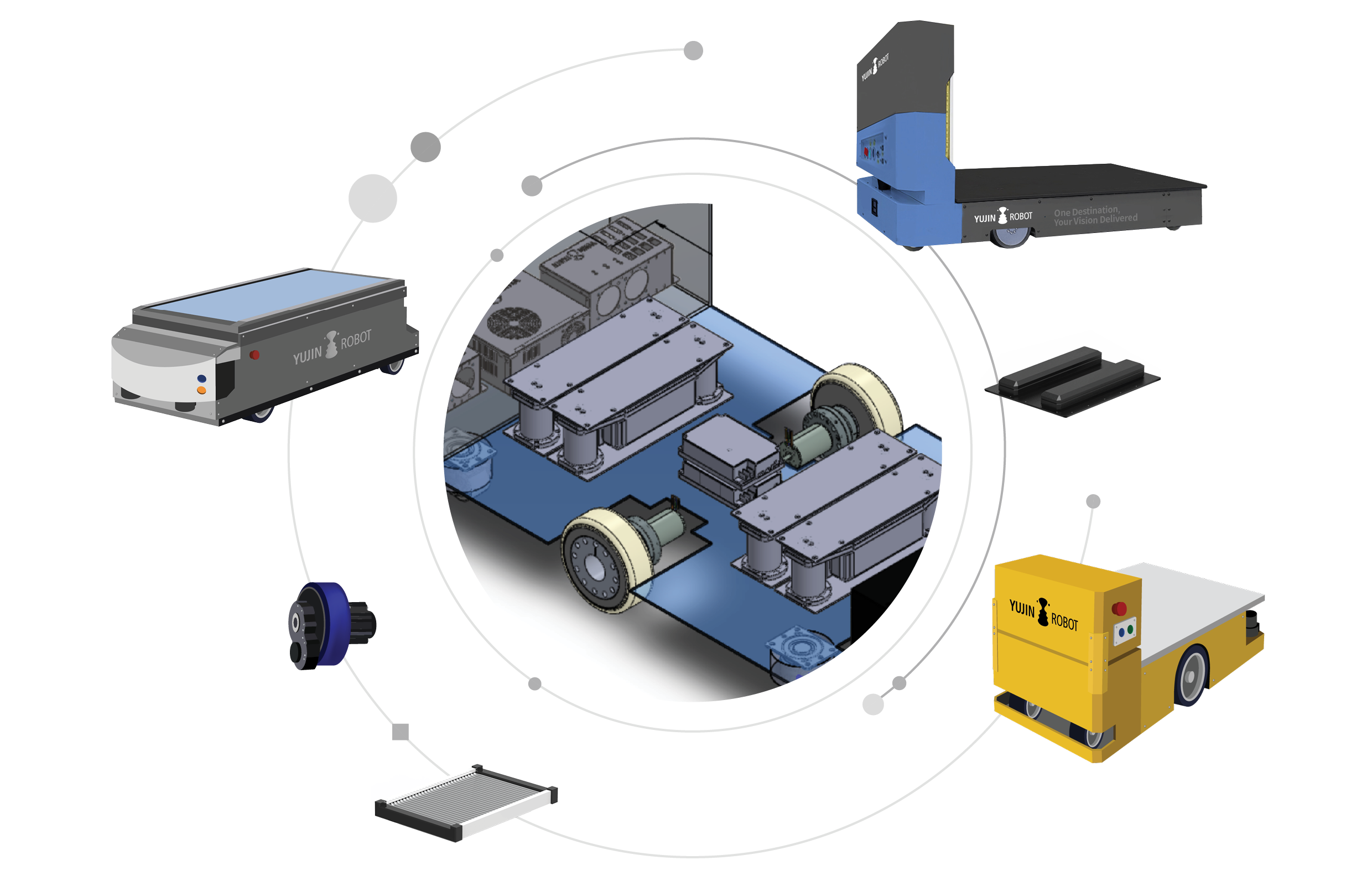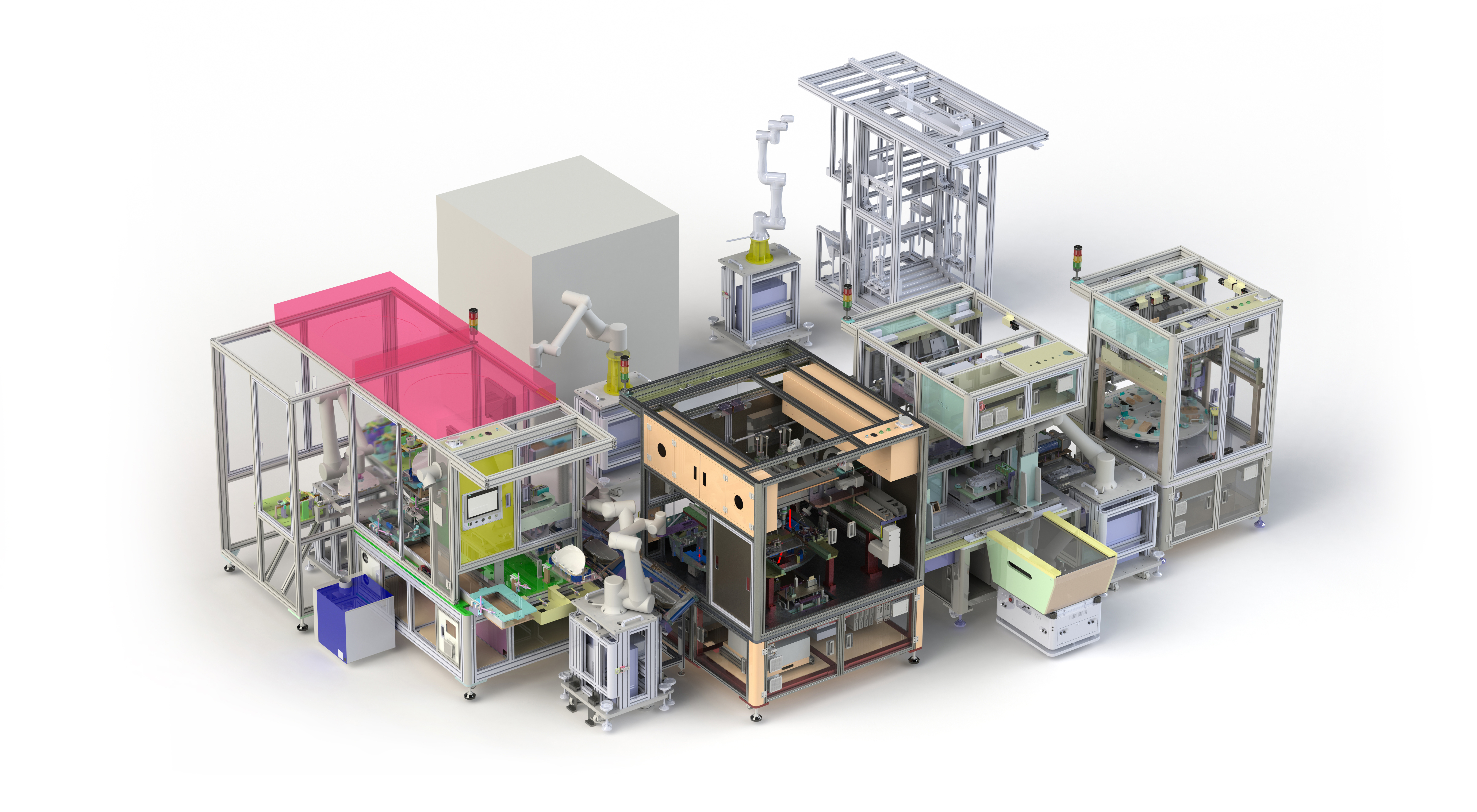Did you know there are different levels of robot autonomy? (10 levels of autonomy in robot decision making) While the term “autonomous” is used generally and implies independent movement or control, the reality is that robots today have differing levels of autonomy and different methods for humans to control or supervise them. Robots can be manually controlled by a person or run autonomously by an AI system. There are also robots that are run with a combination of AI and human intervention.
The level of autonomy that a robot can achieve is entirely dependent on its ability to recognize and monitor its environment. A car from the ’90s does not have the sensors or processing capabilities to apply its own brakes at a stop sign — making it fully manual — but a car purchased today can park itself thanks to its cameras, sensors and computer. However, because that same modern car is unable to “drive” itself from one destination to another, it is defined as a semi-autonomous vehicle. It still needs human intervention to function.
For a robot to be considered fully autonomous, it needs to be able to interact with its environment independently of human intervention. Autonomous transport systems are able to achieve this with the use of a centralized software. The sophisticated network created between the mobile cart robots and the navigation software allows the robots to complete their tasks without any supervision or interaction from human staff.
There are several options for this centralized control system. One of them is called Simultaneous Localization & Mapping, or SLAM. Together with navigation software, SLAM allows a mobile cart robot to generate accurate maps in a variety of environments. The robots are able to plan paths that avoid obstacles and efficiently take them from one location to another.
SLAM works together with LiDAR sensors, which allow robots to scan their surroundings and create a real-time, dynamic map. The sensors give the autonomously controlled robot the ability to recognize where it is in the building and how to move around accordingly.
The most advanced version of centralized control for an autonomous transport system is one with a fleet management system (FMS). An FMS is a centralized decision maker running on a server that assigns tasks, controls traffic, manages resources and monitors multiple robots. This system is capable of performing multiple tasks, including:
Site configuration: Creates a dynamic map of the environment
Traffic control: Monitors the real-time location of different units
Scheduling: Plans an efficient schedule for each unit’s movements
Resource management: Recognizes where and when each unit is needed most
Communication with other systems: Provides the ability to interact with other software systems, such as SLAM and LiDAR
Elevator and automatic door control: Opens and closes doors and elevators for units
Monitoring: Keeps track of units and their movements
Reporting: Creates reports out of monitoring data
SLAM, LiDAR sensors and FMS are all customizable and can be applied across a wide range of tasks. In the healthcare industry, mobile carts can be used to deliver laboratory samples from a nurse’s station to the lab two floors below. The carts can also be programmed for meal delivery to patients’ rooms. In warehousing, an autonomous transport system is useful for repetitive tasks such as delivering completed orders to the loading dock or supplies along a factory line.
An autonomous transport system can be built into existing technology with a process known as robotization. This method takes manual technology and adds autonomous navigation software, creating the same sophisticated network without the need to completely overhaul the tools that are already in place. Business owners can identify where mobile carts would make the most sense for their organization’s unique needs and then tailor the system to address those needs accordingly.
There are many advantages to integrating a robot control system into your organization. Not only does it make your processes more efficient, it also helps your employees save time and effort. They can prioritize other responsibilities that make the most of their creativity and skills, instead of feeling overwhelmed by menial tasks. Autonomous transport systems controlled by a centralized system are a smart way to support your staff while they use their talents to make the most of their time at work.


















